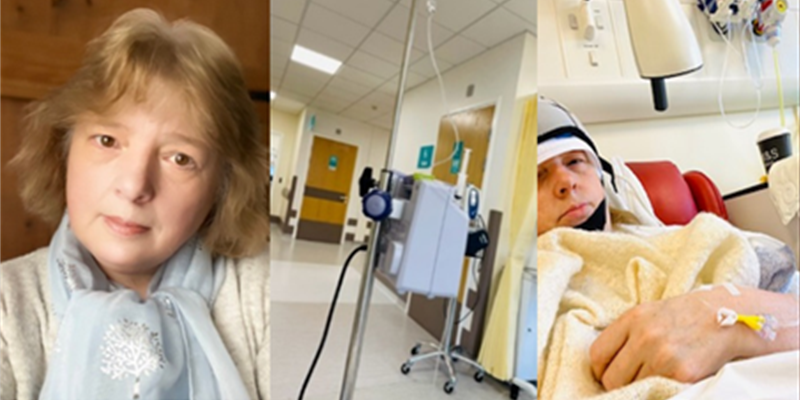
Jane was diagnosed with a rare and aggressive type of endometrial cancer in March 2022. She underwent surgery, chemotherapy, and external beam radiotherapy. During chemotherapy, she decided to scalp cool to try and prevent hair loss. During her Community Champion role, she often comes across people who need support with hair loss and have questions about it. Sometimes pictures can speak louder than words so she has put together a visual timeline to share her experience.
But will I lose my hair? Was one of the first questions I asked when told I needed chemotherapy. Hair is not just about vanity, it is part of our identity and although I knew I was really ill, I did not want to look ill. I wanted where I could, to keep any struggles private while I was dealing with them. The thought of losing my hair made me question whether or not to go ahead with treatment. I decided to give scalp cooling a go. I felt I had nothing to lose but hair.
It is important to know that scalp cooling is not suitable for all cancers and it will not work for everyone. Also, not all chemotherapy causes hair loss. Scalp cooling will only affect the hair on your head and it cannot prevent the loss of eyelashes, eyebrows, or any body hair.
I was told scalp cooling aims to reduce the amount of chemo drugs being absorbed through the scalp, to prevent hair loss, to protect hair follicles, to encourage regrowth and to prevent the chance of permanent hair loss.
I found it painful. The first 20 minutes or so are the worst. They reduce the temperature of the scalp to around 18-22 degrees. This is cold, very cold. I found that paracetamol does help. For me it was a case of taking deep breaths, focusing on my breathing, trying not to panic, and just knowing that the pain would eventually become a sort of numbness with a tight pressure feeling. There were times when I wanted to rip it off (you can if it becomes too much) but if you can just get through those first minutes, I will say it becomes tolerable. I found taking a warm blanket from home was a comfort and also regular hot drinks.
The other thing is it can add a bit of time to your chemo session. It needs time to cool down before the infusions start and it needs to remain on for a while after the infusions ended. For me this extra time was taken up naturally with waiting for blood test results, going through side effects and medications and generally getting support from the nurses.
To start with your hair is sprayed with water and conditioner is combed through. This helps ensure contact with the scalp and easier removal.
There are different sized caps, and they must be tight fitting. The first one contains the coolant, and it is blue and rather like a swimming cap. The grey corded one goes over the top. There is a strap that goes under your chin. Once the cap is on you are attached to the machine and it is turned on. It is a weird trickly sensation as the coolant starts to flow and it is surprising how quickly it feels cold. It would be at this point that it would all feel a bit of a shock to the system, I would feel panicky and a bit nauseous.
The cap then stays on until about an hour after chemo finishes. You can disconnect for a few minutes for toilet trips.
When the machine is turned off, you need to sit for around 15 minutes to enable your scalp/hair to defrost a bit. Then slowly you remove the cap. Don’t be alarmed if you see ice crystals at this point.
Hair care is important during scalp cooling. At around 14 days post chemo I would have an itchy/sensitive scalp and shedding would start. However much you are prepared for this to happen, it can feel devastating. Shedding is normal and not a sign it is not working.
Wash hair twice a week using a mild shampoo. Comb hair regularly to prevent any matting with hair that has shed. I would be reluctant to wash my hair or comb it too much as that is when you notice hair loss. But if it has come out there is nothing you can do. I found it helped to try to focus on the hair that was left on my head rather than what was in my hand.
Heated appliances and colouring are not recommended. When your hair does thin then spray in root sprays or hair fibres can disguise any thinner areas. This can really help, I used dry shampoo.
Being prepared with a wig, hat or scarves can help you feel a bit more in control. I found that silky pillowcases can help.
I had some regrowth between chemo cycles. My hair became lighter and changed in texture. I had some chemo curls. Shedding settled down within a couple of months of chemo ending. Regrowth was fast and the condition improved within a few months.
With hair loss, it is important to do what is right for you. For me scalp cooling made the chemo journey manageable. I have no regrets and would do it again. These photos show my journey.
Chemotherapy May 2022
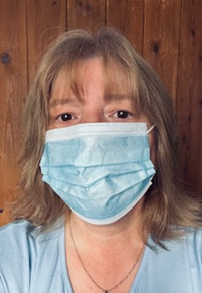
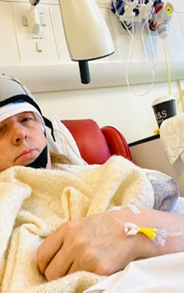

Chemotherapy June 2022


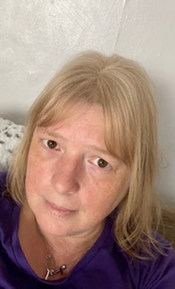

Chemotherapy July 2022



Chemotherapy August 2022
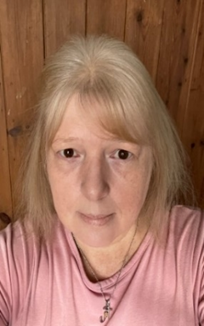
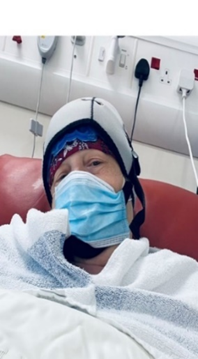
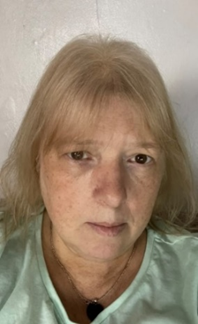
Radiotherapy August 2022


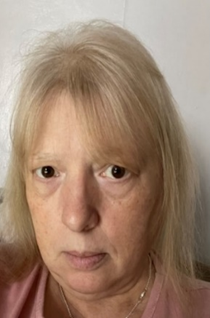
Radiotherapy September 2022
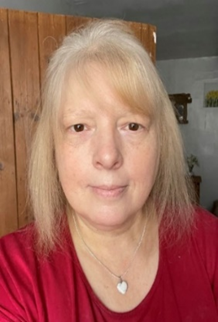

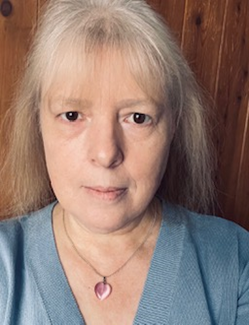
End of treatment October 2022

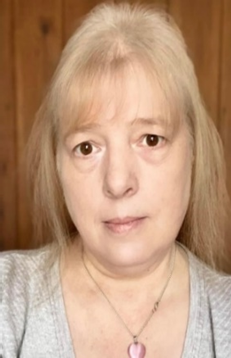
Post-treatment November 2022


Post-treatment December 2022

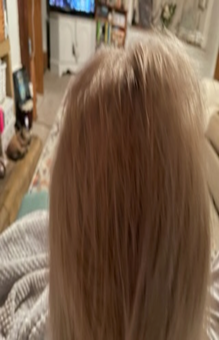
Post-treatment February 2023

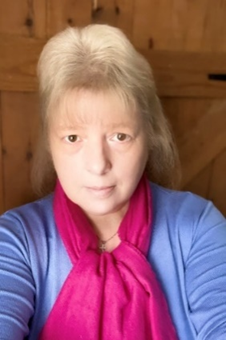
Post-treatment March & April 2023
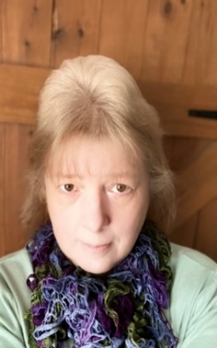


Post-treatment May 2023


Post-treatment June & July 2023:
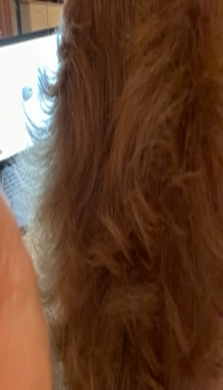
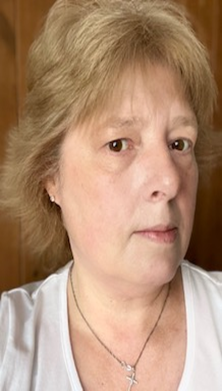
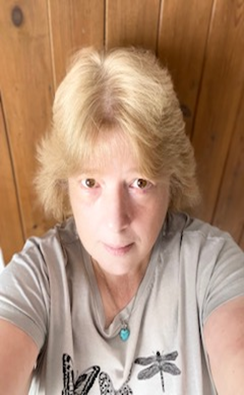
Post-treatment August 2023
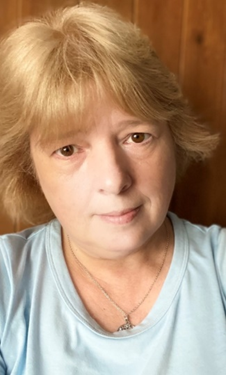

Post-treatment September 2023

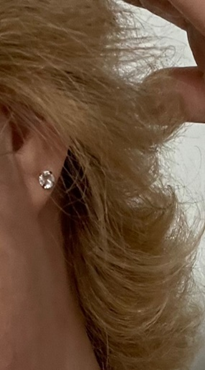
Post-treatment October 2023

Post-treatment January and February 2024



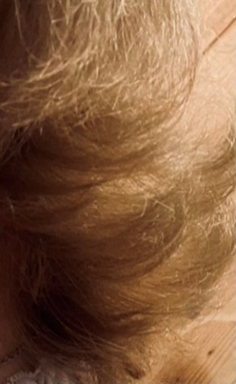
Whatever cancer throws your way, we’re right there with you.
We’re here to provide physical, financial and emotional support.
© Macmillan Cancer Support 2025 © Macmillan Cancer Support, registered charity in England and Wales (261017), Scotland (SC039907) and the Isle of Man (604). Also operating in Northern Ireland. A company limited by guarantee, registered in England and Wales company number 2400969. Isle of Man company number 4694F. Registered office: 3rd Floor, Bronze Building, The Forge, 105 Sumner Street, London, SE1 9HZ. VAT no: 668265007